Can Puppies Have Bully Sticks? A Safe Chewing Guide for Pet Parents

If you’ve ever raised a puppy, you know how much they love to chew. From shoes to furniture legs, those tiny teeth seem to find everything in sight! But while chewing is a natural behavior for puppies, it's important to provide them with safe and appropriate options.
When it comes to chew treats, bully sticks are one of the most popular choices. But are they really safe for puppies? In this article, we’ll cover when it’s safe to start, the benefits and potential risks, and how to pick the right size. Plus, we'll take a look at which Pawstruck options are best for growing pups.
What Are Bully Sticks and Why Do Dogs Love Them?
Bully sticks are a single-ingredient chew made from beef muscle. Because they're slow-baked or oven-dried, they keep their natural flavor without needing artificial chemicals. This makes them a safe and natural option compared to heavily processed chews.
Dogs and puppies love the chewy texture and rich aroma of bully sticks. And unlike soft biscuits that disappear in seconds, bully sticks provide long-lasting enjoyment and a satisfying way for pups to chew.
They’re part snack, part activity, and many pet parents consider them a lifesaver during the teething phase.
Can Puppies Have Bully Sticks?
The short answer is yes. Puppies can have bully sticks, but timing matters. Most pups can safely try them around six months of age, when adult teeth are starting to come in. At this stage, puppies are looking for something tough enough to satisfy chewing urges but not so hard that it damages delicate teeth.
Younger puppies under six months may struggle with the hardness of bully sticks, and there’s a chance of harming their baby teeth. For that reason, it’s best to wait until your pup is a bit older and always supervise chew sessions carefully.
What Are the Benefits for Puppies?
Bully sticks offer more than just tasty chewing time. They can help with growth and provide meaningful health benefits. Here are some of the ways bully sticks can help puppies:
● High in protein. Puppies need plenty of protein to build strong muscles, and bully sticks are naturally rich in it.
● Dental support. The chewing action may help scrape away plaque and tartar, supporting healthy teeth and gums.
● Mental stimulation. Chewing keeps your pup occupied, may relieve boredom, and may ease the discomfort of teething.
● Digestible. Unlike some rawhide treats, bully sticks are digestible, so they won’t sit in your pup’s stomach like indigestible chews.
What Are the Risks to Consider?
Like any chew, bully sticks come with some potential downsides. One of the biggest is the choking hazard if large pieces break off. Puppies, especially eager chewers, may try to swallow chunks before they’re ready.
Bully sticks are also high in calories, which can add up quickly. This means that overfeeding may lead to weight gain if they aren’t balanced with your puppy’s overall diet.
The hardness of the stick can also be a problem for very young or small pups, as it could damage their fragile teeth. And if your puppy chews too quickly or for too long, they might end up with an upset stomach.
How to Choose the Right Bully Stick for a Puppy
Choosing the right bully stick can make all the difference in keeping your puppy safe and happy. Here’s what to look for when picking one out for your furry friend:
Size and Thickness Matter
A chew that’s too big may overwhelm a small pup, while one that’s too small can be a choking risk. For toy and small breeds, thin bully sticks are usually the best choice. Larger puppies past six months can handle standard or braided sticks that last longer and stand up to strong jaws.
Length of Chew Time
Too much of a good thing can cause problems. Puppies don’t need marathon chewing sessions – shorter chew times keep them happy without overloading their stomach. Always remove small leftover pieces before they become a hazard, and store chews properly so they stay fresh and safe for the next session.
Pawstruck Bully Stick Options for Puppies
At Pawstruck, we know puppies chew differently than adult dogs, so we’ve created options to fit every size and stage. Here's a quick overview of the best Pawstruck Bully Sticks for puppies:
● Standard Bully Sticks. A solid pick for medium to large puppies over six months old.
● Braided Bully Sticks. Designed for stronger chewers that need extra durability.
● Bully Bites. Smaller, bite-sized pieces perfect for training or short chewing sessions.
● Bully Stick Springs and Rings. Fun, unique shapes that keep pups entertained and engaged while staying fully digestible.
Every Pawstruck bully stick is a single-ingredient product, oven-baked to lock in flavor, and no artificial flavors or colors or preservatives. That means your puppy gets a safe, high-quality chew every time.
Safety Tips for Puppies Chewing Bully Sticks
Supervision is the number one rule. Always keep an eye on your puppy while they’re enjoying a bully stick to catch potential problems early. Limit chew time so they don’t eat too much at once, and provide fresh water to keep them hydrated.
Maintaining good hygiene is also essential. Wash your hands after handling chews, and toss any small leftover bits to prevent accidental swallowing. With these precautions, bully sticks can be a safe and enjoyable addition to your puppy’s routine.
When to Ask Your Vet
If your puppy is younger than six months and you’re unsure about chew safety, it’s best to check with your veterinarian first. You’ll also want guidance if your pup has dental issues, sensitive digestion, or special dietary needs.
A quick vet conversation can also help you determine how often to allow bully sticks without interfering with overall nutrition. Every puppy is different, so personalized advice is always the safest way to go.
FAQs About Bully Sticks for Puppies
At what age can a puppy have a bully stick?
Most puppies can try bully sticks safely at around six months of age, when adult teeth begin to come in. Younger pups may need to wait until their mouths are stronger and better prepared for harder chews.
Can puppies digest bully sticks?
Yes. Bully sticks are fully digestible, unlike rawhide. That makes them safer for the stomach and easier for puppies to process, as long as they’re enjoyed in moderation.
What are the best puppy treats?
The best treats depend on your puppy’s size, age, and activity level. Look for natural options made with high-quality ingredients. For chewing satisfaction, Pawstruck Bully Sticks are a great choice, while training sessions may call for smaller treats like Bully Bites.
Key Takeaways
● Puppies can have bully sticks starting around six months old. Waiting until adult teeth arrive helps keep chewing safe.
● Bully sticks are high in protein and fully digestible. They promote muscle growth, support dental health, and may relieve teething stress.
● There are risks to watch for. Choking hazards, extra calories, and possible stomach upset mean supervision is essential.
● Size and shape matter. Thin or small sticks work best for little pups, while braided or standard sticks suit larger puppies.
● Pawstruck Bully Sticks are a safe and healthy choice. Made from beef, single-ingredient, oven-baked, no artificial flavors or colors or artificial preservatives, they’re designed with your puppy’s health in mind.
Should You Give Your Puppy a Bully Stick?
Chewing is an important part of puppyhood, and the right chew can make all the difference. While not every pup is ready from day one, bully sticks can be a safe, enjoyable option once your puppy reaches the right age. With the proper size, supervision, and moderation, they’re more than a treat – they’re a tool to support growth, comfort, and healthy habits.
At Pawstruck, we’re proud to provide bully sticks crafted for safety, quality, and long-lasting enjoyment. Whether your puppy is teething, training, or just needs something to gnaw on, our Bully Stick Collection has the perfect option to keep them happy and healthy.
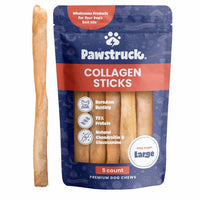
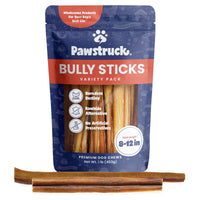
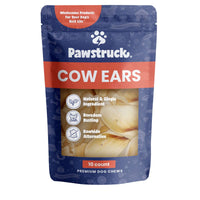
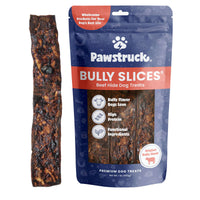
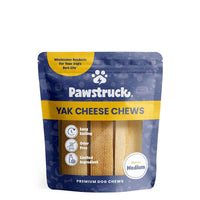
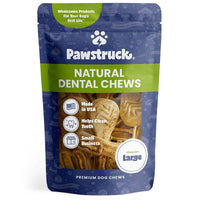
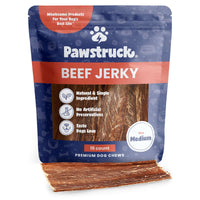
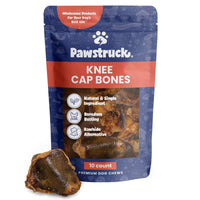
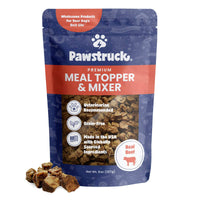
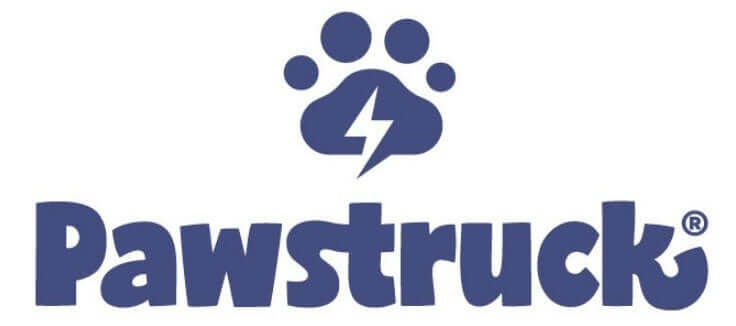


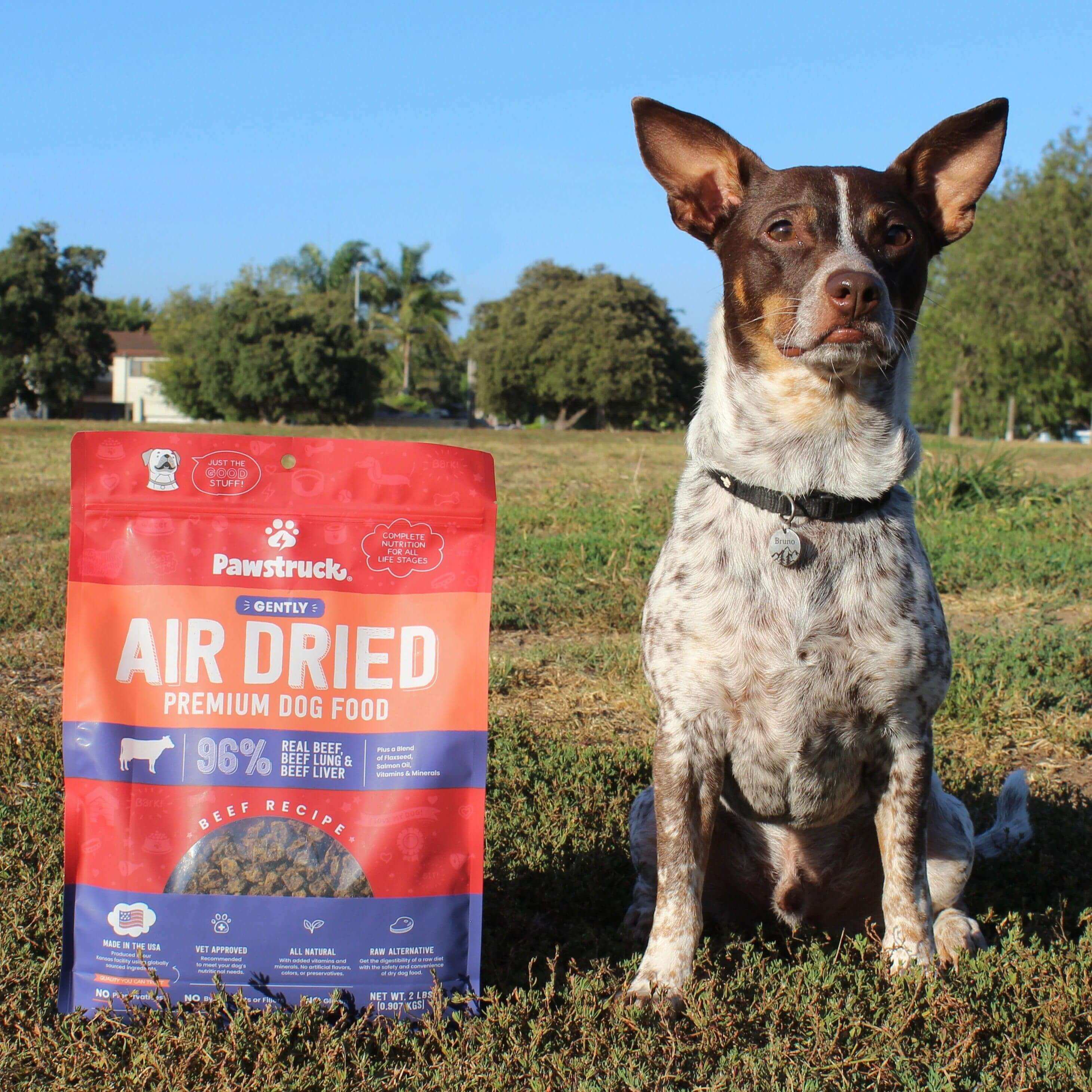















Leave a comment